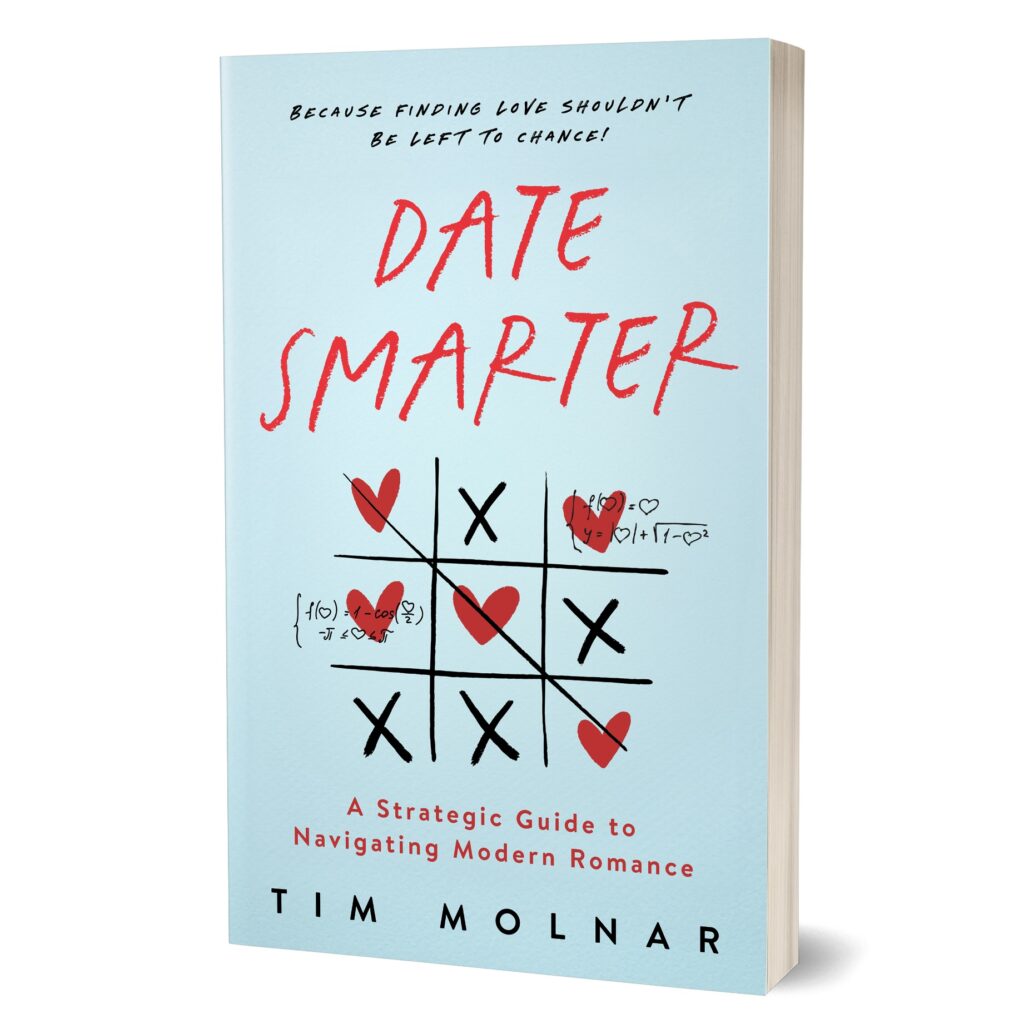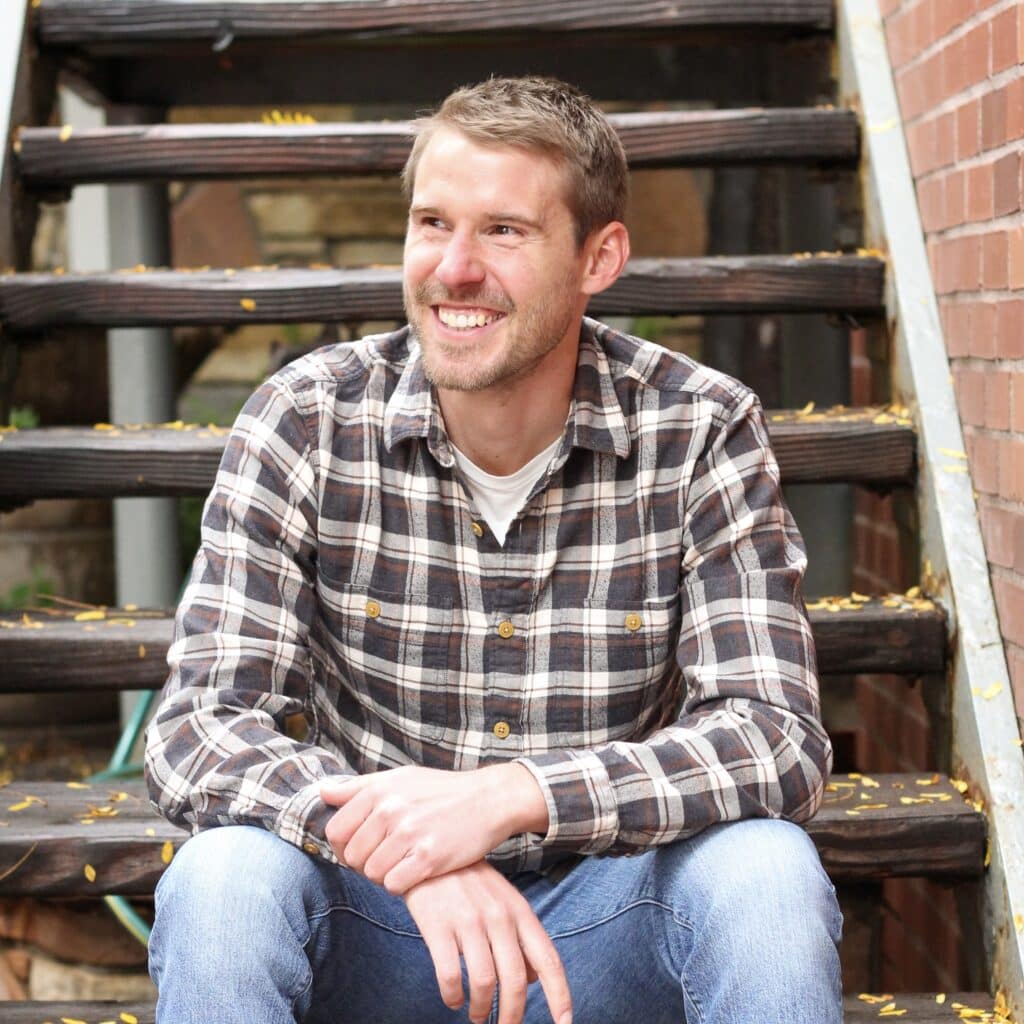Dating in the modern world can often feel overwhelming. Endless swipes, unclear goals, and uncertainty about what steps to take can make the journey to finding a meaningful connection exhausting. That’s where the Date Number comes in—a practical, personalized framework designed to help you clarify your goals, take intentional action, manage anxiety, and stay motivated throughout your dating journey.
This framework isn’t about magic or guaranteeing results—it’s about taking control of the parts of dating that are within your power. Let’s explore how the Date Number works and why it can be a game-changer for those who are ready to date smarter.
What Is a Date Number?
A Date Number is the number of intentional dating interactions you commit to as part of your journey to finding a meaningful connection. Think of it as a goalpost—your personalized target for how many conversations, dates, or events you’re willing to pursue to give yourself the best chance of success.
Here’s the key: Your Date Number should reflect the actions you’re most resistant to taking—the steps that push you out of your comfort zone. For me, that was initiating first dates. For you it might be following up with second dates, attending more social events, starting conversations with new people, or something different altogether. Regardless, the framework can be tailored to fit your unique challenges.
Why the Date Number Works
The power of the Date Number lies in how it transforms an overwhelming process into a clear, actionable plan. Here are the four key benefits of using a Date Number:
- Gaining Clarity
One of the biggest challenges in dating is not knowing where to start—or how to measure progress. As James Clear, author of Atomic Habits, explains, success isn’t about motivation but clarity. Vague goals like “I want to find a life partner” can leave you spinning in circles. The Date Number Framework helps you turn that vague goal into a concrete, measurable plan.
Take the story of my client Vidya: She wanted to find a partner but felt overwhelmed. After reflecting on her past experiences, she concluded that twenty first dates felt realistic and ambitious. She realized that every third person she initiated a conversation with typically led to a date. With this information, she set her blueprint:
3 conversations/date × 20 dates = 60 conversations
Vidya committed to initiating sixty conversations. This clarity gave her a specific path forward—and the confidence to take action.
How to Apply This Tactic: Reflect on your dating journey and identify your personal sticking point. Is it attending events, asking someone out, or following up after a date? Use this insight as the foundation for your Date Number.
- Making Dating Actionable
Having a goal is one thing—turning it into action is another. This is where implementation intentions come into play. These are specific, actionable steps that help you bridge the gap between intention and behavior. You can think of them as the “when” and “where” of your action plan.
Implementation intentions are a proven strategy for accomplishing goals. A review of hundreds of research studies shows that implementation intentions assist goal striving, minimize distractions, and save energy for future goals. James Clear suggests using a simple format for creating these intentions: [BEHAVIOR], [TIME], [LOCATION].
Vidya, for example, set the following implementation intentions to help her spark conversations:
- I will ask for a book recommendation during my Sunday afternoon visit to the Woonsocket Public Library.
- I will seek workout advice during my Tuesday morning gym session.
Matt, a client who aimed at attending more social events, decided:
- I will check Meetup.com for local events in my area every Monday at 3 p.m. from my living-room couch.
- I will volunteer on the first Saturday of each month at the Wagging Tails Animal Shelter.
Meanwhile, Jenna, a client who struggled to give second dates a chance, set the following intentions:
- I will propose a second date to the best date from the previous week, texting them on Friday mornings from the office kitchen.
- Every Monday at 10 a.m. in my home office, I will review my calendar and reserve two slots for potential second dates.
- Managing Anxiety
Dating is full of uncertainty, and uncertainty breeds anxiety. One of the most surprising benefits of the Date Number Framework is how it reduces this anxiety by giving you a structured plan.
Studies show that having a plan can lower social anxiety. Why? Because when you know what to do in advance, you eliminate the need to make decisions under pressure. For example, if you struggle with initiating conversations on dating apps, you could set this plan: “When I match with someone, I’ll send a personalized message within an hour.” With this plan in place, you’re automating a decision and freeing up mental energy.
Another reason the Date Number helps manage anxiety is that it’s finite. Instead of facing an endless, open-ended dating journey, you have a clear target. As former Harvard Business School professor David Maister explains, “Known, finite waits feel shorter than uncertain ones.” Knowing your endpoint can make the process feel more manageable and less daunting.
How to Apply This: Break your Date Number into smaller, manageable chunks. For example, focus on initiating five conversations this week or attending one event this weekend. Celebrate progress along the way.
- Encouraging Perseverance
Even with a clear plan, dating can still be challenging. Rejection, awkward dates, and the emotional toll of putting yourself out there can make it tempting to quit. The Date Number Framework helps you push through by breaking big goals into smaller, more achievable sub-goals.
Research from Stanford University shows why this works. Participants in a study were tasked with burning 200 calories on an exercise machine. Those who focused on smaller sub-goals—fifty calories at a time—were more motivated early on. Later, those who shifted their focus to their cumulative progress (e.g., “I’ve burned 150 of 200 calories”) stayed motivated to finish.
Similarly, Matt, who had set a goal of attending forty-eight events felt overwhelmed at first. But by breaking it into smaller chunks—four events per month—he was able to celebrate early wins and build momentum. As he approached his overall goal, he stayed motivated by focusing on his cumulative progress.
How to Apply This: Set small, achievable sub-goals and celebrate each milestone. Then, as you get closer to your Date Number, shift your focus to the bigger picture.
Things to Keep in Mind When Setting Your Date Number
Creating a Date Number isn’t an exact science, but here are some tips to ensure it works for you:
- Make It Ambitious but Attainable
Your Date Number should stretch you out of your comfort zone but not feel impossible. Think of it like a good yoga pose: you should feel a stretch but not a snap.
- Include a Buffer
If you think you’ll need twenty dates to meet someone, set your Date Number at twenty-five. This buffer helps manage your expectations and reduces frustration if things take a bit longer.
- Test and Adjust
Your Date Number is based on assumptions—how many dates lead to a connection, for example. Pay attention to what’s working and adjust as needed. If merely attending social events isn’t leading to dates, consider focusing on initiating conversations instead.
- Embrace Imperfection
The Date Number isn’t about precision—it’s about progress. Don’t get caught up in exact numbers. The goal is to stay proactive and intentional.
Conclusion: Why the Date Number Matters
At its core, the Date Number Framework is about turning your dating journey into an intentional, empowered process. It provides clarity, actionable steps, and motivation—transforming dating from something overwhelming into something achievable.
As Earl Nightingale once said, “People with goals succeed because they know where they are going.” Your Date Number is your roadmap, helping you navigate the twists and turns of modern dating with confidence.
So, what’s your Date Number? It’s time to define it, embrace the process, and take the first step toward creating the love life you deserve.



